Five things to look out for in first week of Giro d’Italia 2019
From race-defining time trials to heated sprint battles – here’s what to watch in the opening stages
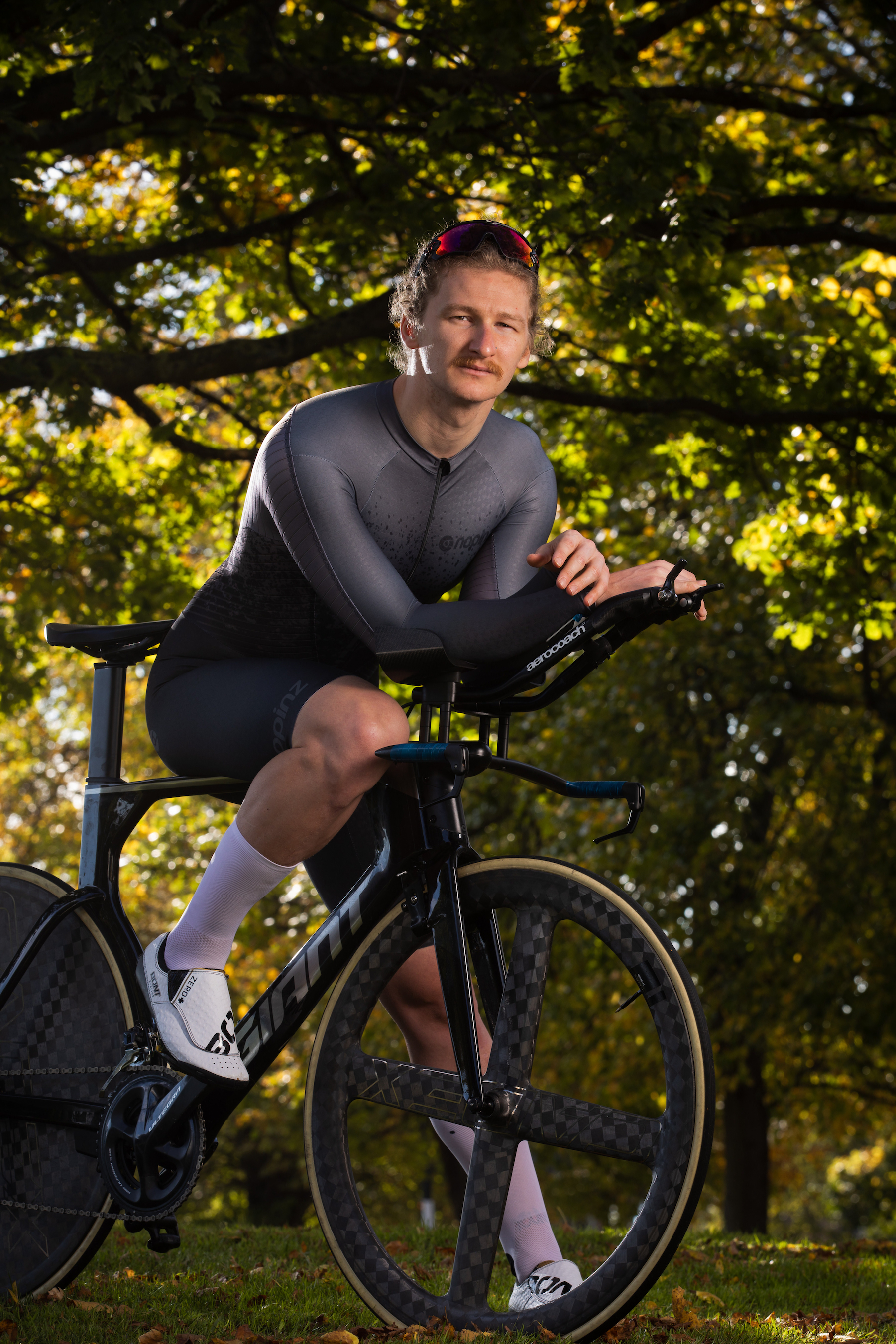
Who will take the pink jersey in the opening TT?
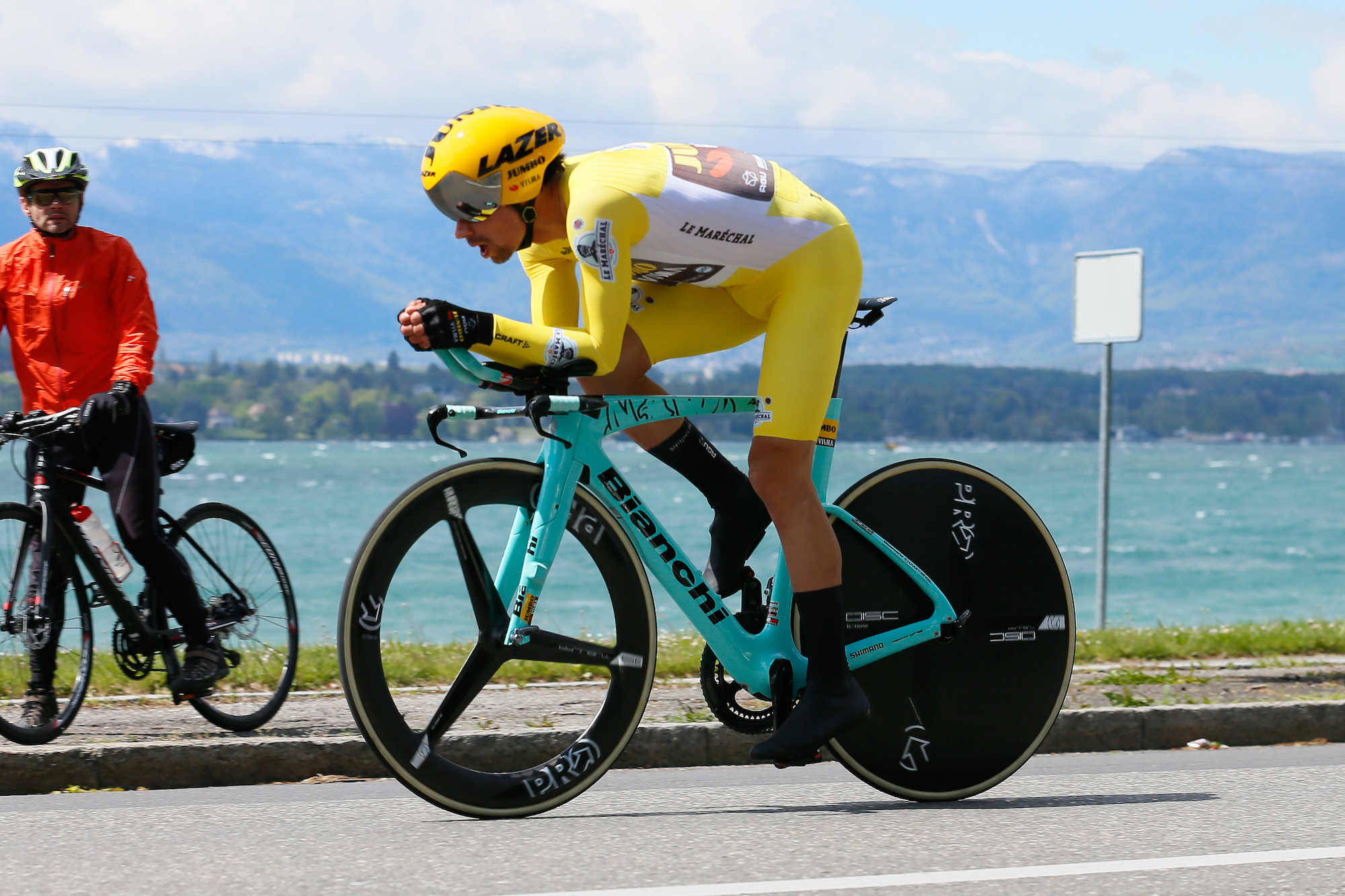
The first day of racing in the 2019 Giro d’Italia will set the scene for the general classification battle with an 8.2km individual time trial in Bologna.
A flat opening six kilometres of the individual test will be capped by a 2km-long climb to the finish, averaging 9.7 per cent, making this an enticing opener and leaving the first pink jersey of the race wide open.
This year’s Giro has attracted some of the best time triallists in the world, owing to its three individual TTs spread across the three weeks.
Victor Campenaerts (Lotto-Soudal) is a favourite for the opening stage as he is riding high after setting a new Hour Record last month, but he will face resistance from GC riders who also go well against the clock.
>>> Giro d’Italia 2019 live TV guide
Former world time trial champion Tom Dumoulin (Sunweb) is a likely candidate to take the first pink jersey of the race, with his team saying they are prepared for that possibility.
Get The Leadout Newsletter
The latest race content, interviews, features, reviews and expert buying guides, direct to your inbox!
Primož Roglič (Jumbo-Visma), who has won all three stage races he has ridden this year, is another proven great in a TT and will take confidence from the time trial stage victory on the final day of the Tour de Romandie which secured his overall victory.
Outside bets for the opening stage are Deceuninck – Quick-Step’s Bob Jungels, a multiple Luxembourg national TT champion and dark horse in a solo test Simon Yates (Mitchelton-Scott), who took an unexpected time trial victory on a hilly course at Paris-Nice this season.
But the GC contenders will be wary of pushing too hard on the first day as risk of crashing is always high in a short TT, which could leave the door open to a rider like Campenaerts who is not chained to a bid for overall success.
Chances for the sprinters
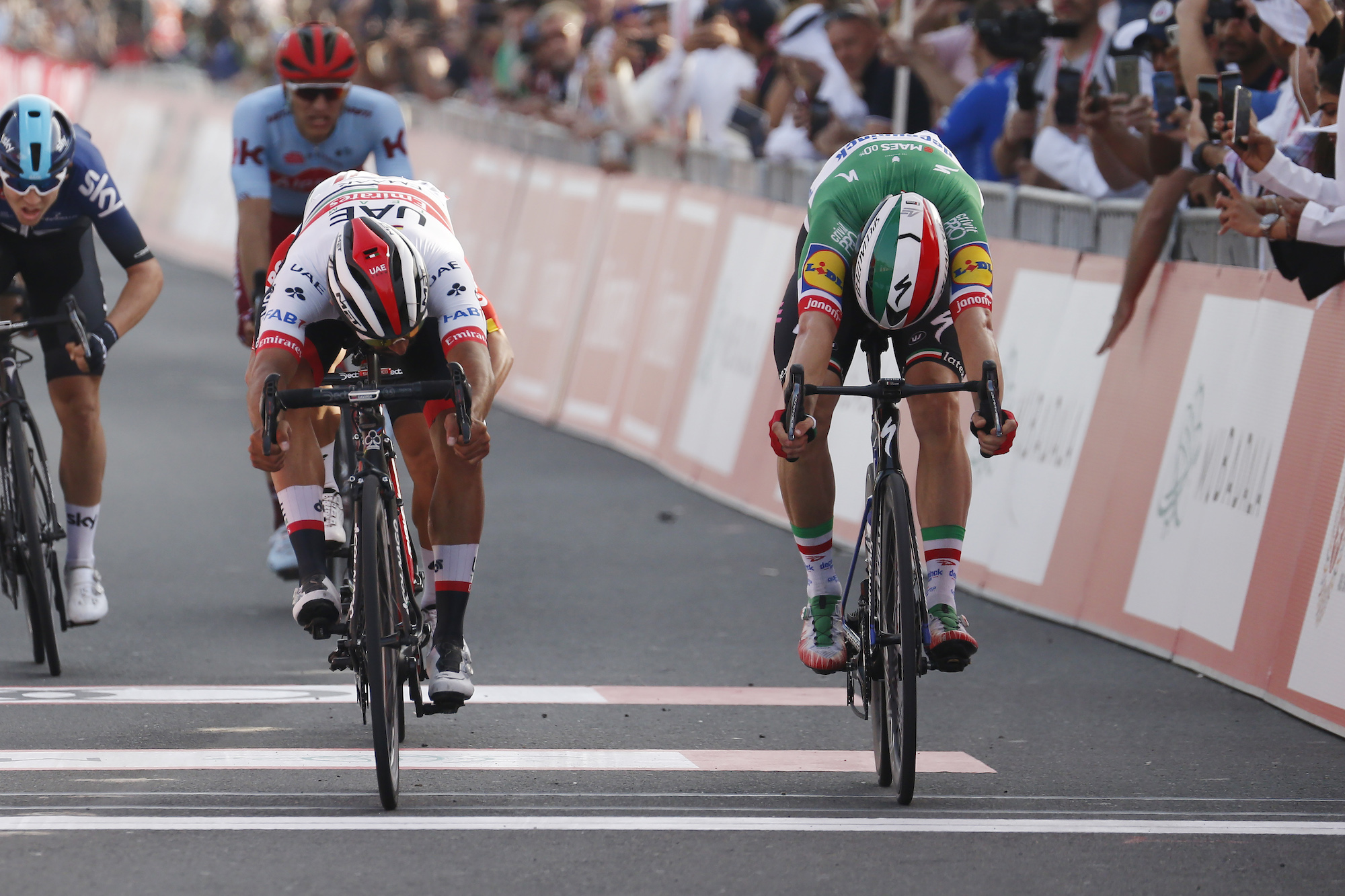
The Giro has not traditionally been the most fertile ground for the sprinters, with the fast-men often opting to chase Grand Tour stage success at the Tour de France.
But this year’s race has attracted an unexpectedly strong field for the bunch sprints, most notably former team-mates turned rivals Elia Viviani (Deceuninck – Quick-Step) and Fernando Gaviria (UAE Team Emirates).
The pair have been dominant in sprints where pure speed has mattered most, with their rivalry set to continue in Italy.
Viviani will be looking for glory on home turf while wearing the Italian national champion’s colours and Gaviria will be hunting for a repeat of his 2017 Giro success where he won four stages.
They face a strong challenge from Lotto-Soudal’s Caleb Ewan who, while struggling to take victory in sprints defined by pure power, has found himself able to improvise on unpredictable terrain to secure victory for his new team on a number of occasions.
Outside contenders for the fast finishes include German star Pascal Ackermann who has usurped Sam Bennett as Bora-Hansgrohe’s favoured sprinter for the Giro, and Frenchman Arnaud Démare (Groupama-FDJ) who can win on the toughest terrain.
As always the Giro will open with a slew of unpredictable rolling and hilly stages, which means the sprinters will have to fight for their chances, but with a strong turnout of powerful riders there will be plenty of teams willing to control the race to ensure a bunch kick.
Look out for potential sprint finishes on stages two, three, four and five.
Tense opening week for GC contenders
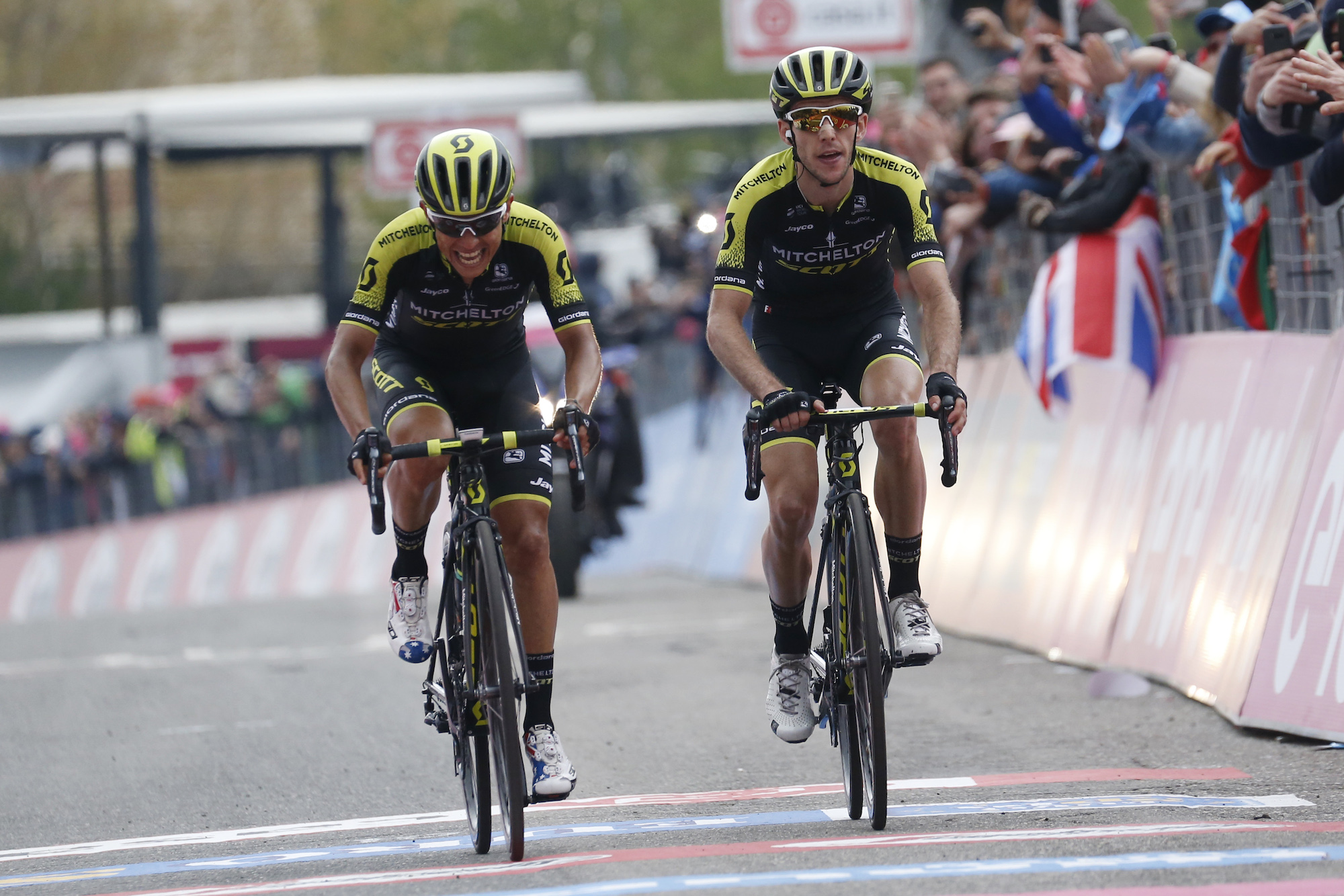
The Giro is notorious for shaking up the GC battle by dropping tough climbing stages in the first week.
Last year stage six to Mount Etna caused the first significant gaps in the fight for the maglia rosa and set Simon Yates on a course to almost-victory.
The 2019 race doesn’t feature any climbs as challenging as Etna in its first week, but that doesn’t mean it’s a chance for the overall contenders to relax as there are still possibilities for gaps to open.
Stage four from Orbetello to Frascati culminates in a very short but steep uphill rise to the line, so the favourites will have to keep their wits about them and stay at the head of the peloton to avoid any gaps.
There is also a chance of attacks in the final 30km of stage six, from Cassino to San Giovanni Rotondo, on the slopes of the second category climb to San Marco in Lamis, which is followed by a rolling final 18km to the line – this could be perfect for an opportunist to make an early move against rivals.
>>> Giro d’Italia 2019 route: stage-by-stage analysis, elevation and maps
The following day, starting in Vasto, also has the potential to shake things up, with another second category climb to le Svolte di Popoli, with a pair of uncategorised climbs following shortly after before a short rise to the line in L’Aquila.
These are the first opportunities (or dangerous moments) for the likes of Yates, Roglič and Dumoulin, before the first real mountainous test on stage 12.
Long stages open the race
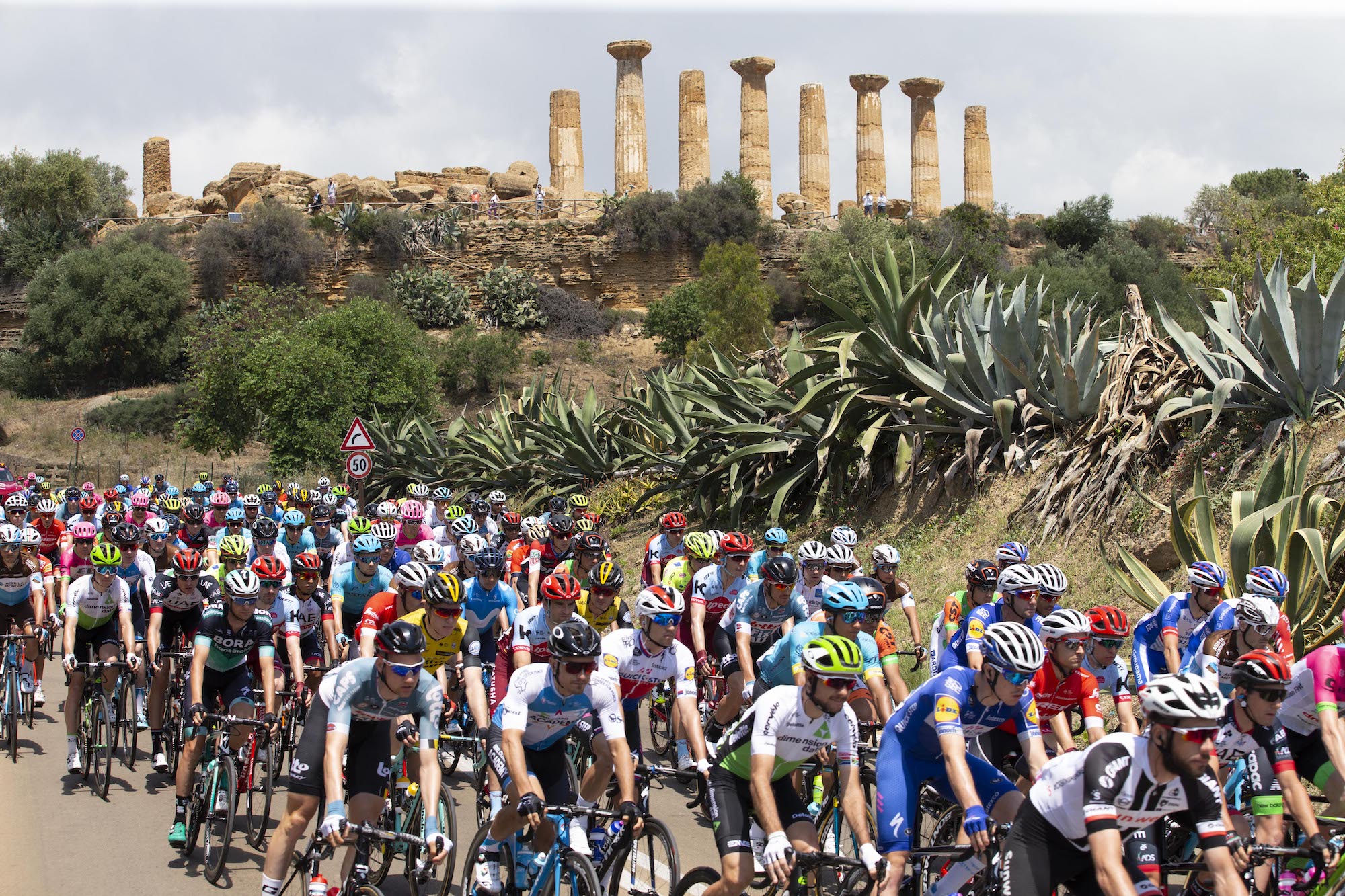
There will be no easing into the Giro this year, as the opening week includes some of the longest stages of the race.
Starting on stage two from Bologna to Fucecchio at 205km, stage three then jumps to 220km, with a 235km day following on stage four.
These long stages are likely to temper the racing in the opening week as riders look to avoid any undue fatigue too early in the race.
A short day (140km) on stage five breaks up the long stages, before a 238km route on stage six and 239km on stage eight, making this a very long first few days of racing.
TT to set the stage for the second week
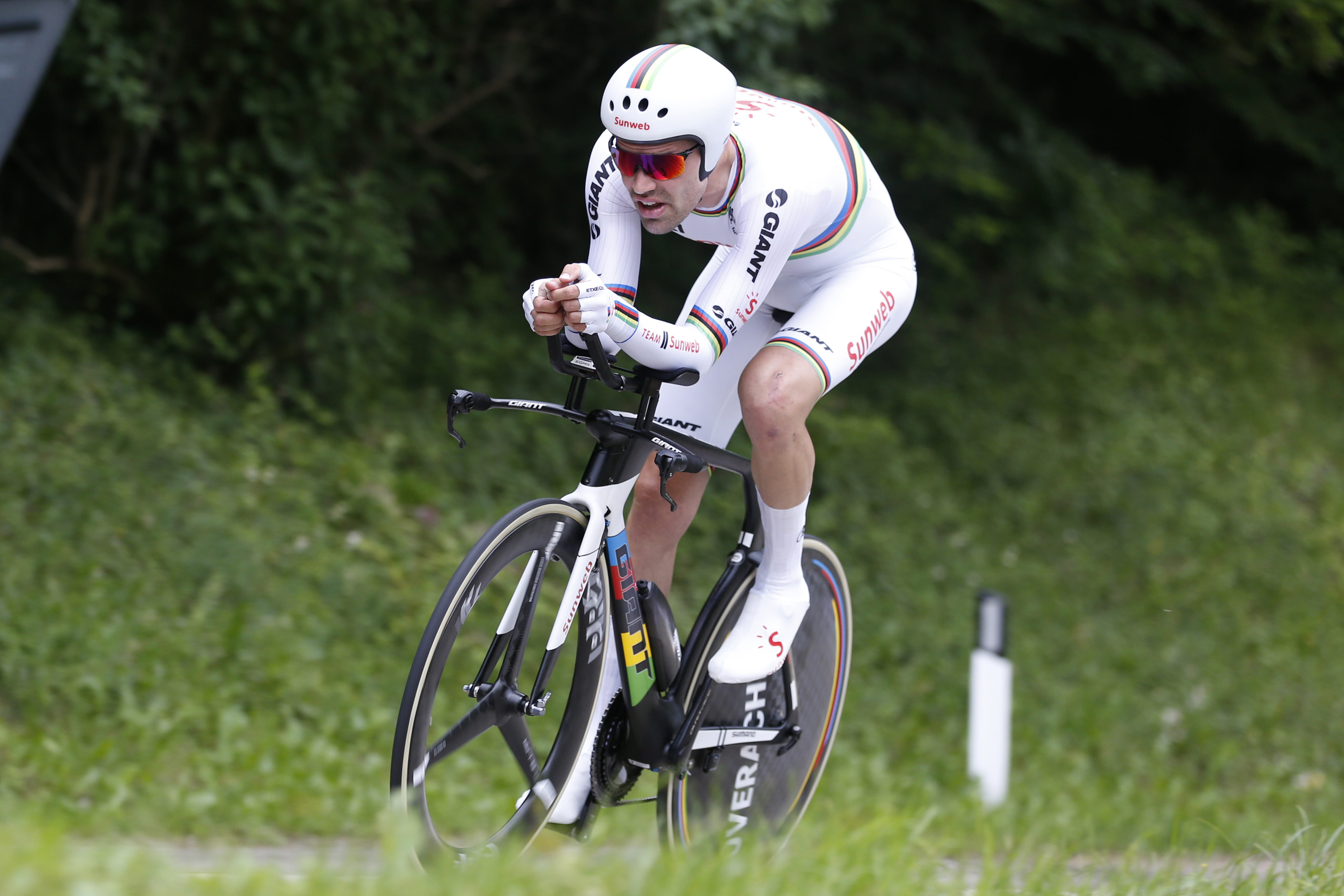
Then we arrive at the climax of week one – the longest time trial of the race, over 34.8km from Riccione to San Marino.
This second of three TTs will define the second week of racing and could even break up the race enough to decide the overall by the time we reach the finish in Verona.
After a very gently rising first half of the course, the route then kicks up into a 12.5km-long climb averaging 3.9 per cent, which will be the decisive moment of this test.
The gentle gradient will suit those with the biggest engines, particularly Dumoulin who is also a rival to be feared on a climb, which could put the lighter riders like Yates on the back foot heading into the second week.
There is certainly something for everyone in the opening week of this Giro, with this pivotal time trial topping of what will be a thrilling nine stages.

Thank you for reading 20 articles this month* Join now for unlimited access
Enjoy your first month for just £1 / $1 / €1
*Read 5 free articles per month without a subscription

Join now for unlimited access
Try first month for just £1 / $1 / €1
Alex Ballinger is editor of BikeBiz magazine, the leading publication for the UK cycle industry, and is the former digital news editor for CyclingWeekly.com. After gaining experience in local newsrooms, national newspapers and in digital journalism, Alex found his calling in cycling, first as a reporter, then as news editor responsible for Cycling Weekly's online news output, and now as the editor of BikeBiz. Since pro cycling first captured his heart during the 2010 Tour de France (specifically the Contador-Schleck battle) Alex covered three Tours de France, multiple editions of the Tour of Britain, and the World Championships, while both writing and video presenting for Cycling Weekly. He also specialises in fitness writing, often throwing himself into the deep end to help readers improve their own power numbers. Away from the desk, Alex can be found racing time trials, riding BMX and mountain bikes, or exploring off-road on his gravel bike. He’s also an avid gamer, and can usually be found buried in an eclectic selection of books.
-
 A bike rack with an app? Wahoo’s latest, and a hub silencer – Sea Otter Classic tech highlights, Part 2
A bike rack with an app? Wahoo’s latest, and a hub silencer – Sea Otter Classic tech highlights, Part 2A few standout pieces of gear from North America's biggest bike gathering
By Anne-Marije Rook
-
 Cycling's riders need more protection from mindless 'fans' at races to avoid another Mathieu van der Poel Paris-Roubaix bottle incident
Cycling's riders need more protection from mindless 'fans' at races to avoid another Mathieu van der Poel Paris-Roubaix bottle incidentCycling's authorities must do everything within their power to prevent spectators from assaulting riders
By Tom Thewlis